
Crape Myrtles
The Crape Myrtle (Lagerstroemia indica) is a flowering tree or shrub that is native to Asia. It was introduced …



Our office will be closed for the Thanksgiving Holiday on November 26-28, 2025.
El inglés es el idioma de control de esta página. En la medida en que haya algún conflicto entre la traducción al inglés y la traducción, el inglés prevalece.
Al hacer clic en el enlace de traducción se activa un servicio de traducción gratuito para convertir la página al español. Al igual que con cualquier traducción por Internet, la conversión no es sensible al contexto y puede que no traduzca el texto en su significado original. NC State Extension no garantiza la exactitud del texto traducido. Por favor, tenga en cuenta que algunas aplicaciones y/o servicios pueden no funcionar como se espera cuando se traducen.
Inglês é o idioma de controle desta página. Na medida que haja algum conflito entre o texto original em Inglês e a tradução, o Inglês prevalece.
Ao clicar no link de tradução, um serviço gratuito de tradução será ativado para converter a página para o Português. Como em qualquer tradução pela internet, a conversão não é sensivel ao contexto e pode não ocorrer a tradução para o significado orginal. O serviço de Extensão da Carolina do Norte (NC State Extension) não garante a exatidão do texto traduzido. Por favor, observe que algumas funções ou serviços podem não funcionar como esperado após a tradução.
English is the controlling language of this page. To the extent there is any conflict between the English text and the translation, English controls.
Clicking on the translation link activates a free translation service to convert the page to Spanish. As with any Internet translation, the conversion is not context-sensitive and may not translate the text to its original meaning. NC State Extension does not guarantee the accuracy of the translated text. Please note that some applications and/or services may not function as expected when translated.
Collapse ▲
The Crape Myrtle (Lagerstroemia indica) is a flowering tree or shrub that is native to Asia. It was introduced …
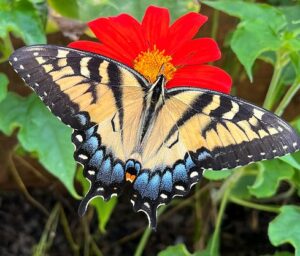
Gardening for wildlife, especially pollinators, continues to grow in popularity among gardeners. Did you know you can use the …
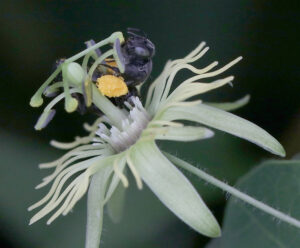
For 15 years I have enjoyed observing the many pollinators that forage on the native passionflowers in my Pollinator …
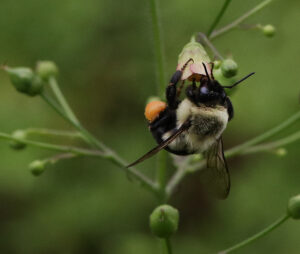
Even though I have been managing my Pollinator Paradise Garden for 15 years, it continues to teach me every year. …
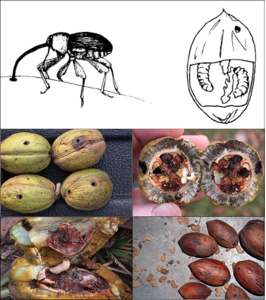
How many times have you picked up pecans only to find a small hole near the end of the …
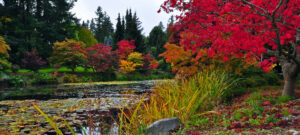
Sponsored by the Extension Gardener Travel Study Adventure program, this trip includes special tours of several magnificent gardens in …
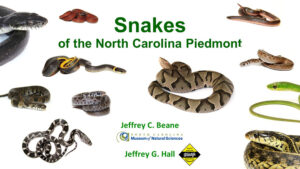
Chatham Conservation Partnership (CCP) conducted a webinar on Snakes of the North Carolina Piedmont on July 20, 2023, and we had …

In late 2008, I planted a demonstration pollinator garden at Chatham Mills to provide forage from early spring to …
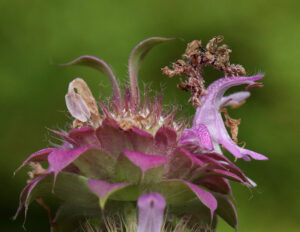
Recently while working in my Pollinator Paradise Demonstration Garden I was observing all the bee activity on the lemon …
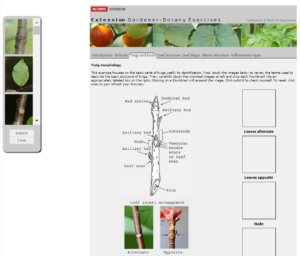
Dr. Alexander Krings, at the NC State Herbarium, created a series of drag-and-drop exercises to help gardeners learn basic …
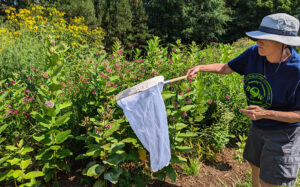
In mid-June about 16 pollinator enthusiasts gathered at N.C. Cooperative Extension’s Pollinator Paradise Garden in Pittsboro to receive training …
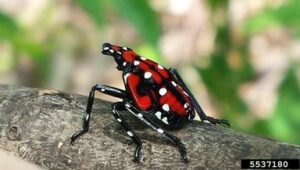
Last month, we reached a milestone one year since spotted lanternfly was detected in North Carolina. The first active …
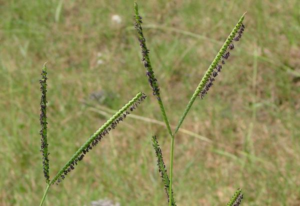
Summer finally arrived this week and it already seems like it’s going to be a hot and humid summer. …
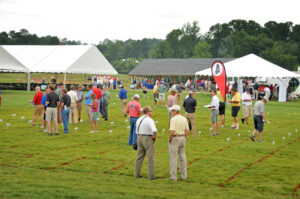
Join us Wednesday, August 14th for the in-person, 2024 Lake Wheeler Turfgrass Field Day at the Lake Wheeler Turfgrass …

In late 2008, I planted a demonstration pollinator garden at Chatham Mills to provide forage from early spring to …

Summer finally arrived this week and it already seems like it’s going to be a hot and humid summer. …
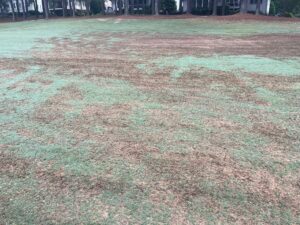
There is little question, the cool spring has been a challenge for warm-season grasses. They have been slow to …
View the new Summer 2023 pest update video covering weed, disease and insect management in …
North Carolina State University conducted the annual survey to examine inventory, pricing, and sale of North Carolina sod: Read full …

This factsheet describes the biology of the giant strong-nosed stink bug, Alcaeorrhynchus grandis, and provides …
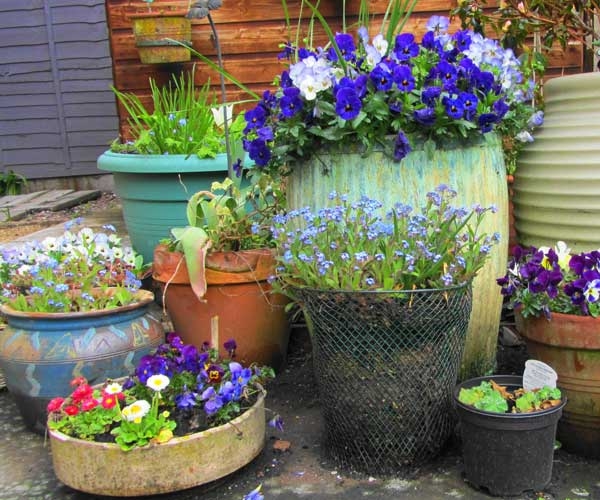
In this publication you will find ideas to get you started growing your own edibles. …

Black root rot impacts a range of woody and herbaceous ornamental plant species primarily in …
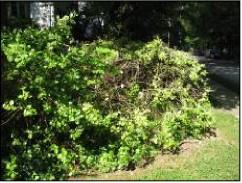
This Entomology Insect Note discusses how to identify and manage common armored scale insects that …

This factsheet describes the biology of the maskell scale, Lepidosaphes maskelli, and provides residential management …
This guide is designed to help turf managers identify the major turfgrass pests found in …
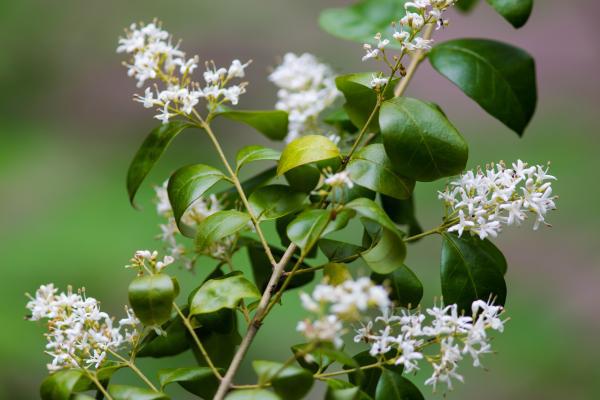
This native plants chapter of the Extension Gardener Handbook defines the term native, why gardeners …

This field guide and linked resources provide information on basic insect identification, sampling methods, monitoring, …